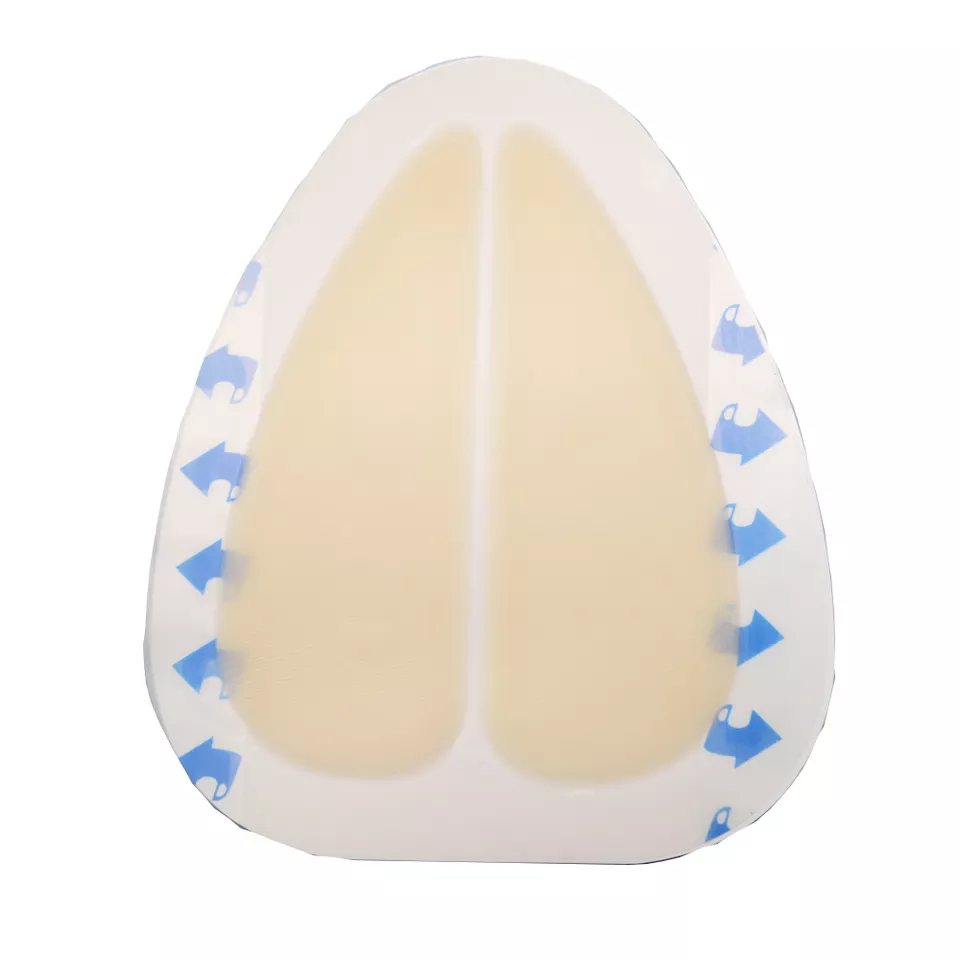Our Location
304 North Cardinal St.
Dorchester Center, MA 02124

In 1962, Dr. Winter of the United Kingdom confirmed in animal experiments that in a moist environment, the speed of wound healing is twice that of a dry environment. He first proposed the theory of wet healing, which was published in the journal Nature. In 1963, Hinman first reached the same conclusion in human wound treatment, which marked the birth of the theory of wet wound healing.
What is moist environment for advanced wound care?
It refers to the use of sealed dressings to keep the wound in a closed or semi-closed environment. The dressing keeps the exudate on the wound in whole or in part, creating a wet environment close to the physiological state. At the same time, the dressing can prevent liquids and bacteria from passing through and promote the rapid healing of the wound.
Features of moist ebvironment for wound care:
1.No scab formation prevents epidermal cells from migrating through the scab and prolong the healing time.
2.A humid and hypoxic environment can maintain the normal potential gradient from the wound to the center of the wound, stimulate the production of capillaries, promote the growth of fibroblasts and endothelial cells, and promote the proliferation of cuticle cells.
3.It plays an important role in exudation, ensures that the wound exudation does not adhere to the wound, avoids another mechanical damage to the newborn granulation tissue, significantly reduces the pain during dressing change, and provides a suitable environment for wound healing.
4.The leachate released retained in the wound and activates the activation factors of various enzymes and enzymes, and promotes the dissolution of necrotic tissue and fibrin. Leachment can also effectively maintain cell survival, promote the release of multiple growth factors, and stimulate cell proliferation.
5.The micro-acid environment in a closed state can directly inhibit bacterial growth, which is conducive to the reproduction and function of white blood cells, and improves local immunity.
How the moist environment works for wound healing process?
1.Regulate the oxygen tension of the wound and promote the formation of capillaries. Moisturizing dressing like hydrocolloid dressing, alginate dressing, foam dressing and silicone foam dressing can maintain low oxygen tension on the wound, which is conducive to wound healing. Studies have proved that fibroblasts and epithelial cells grow better at low oxygen partial pressure, and the oxygen gradient between the edge of the wound and the center can stimulate the growth of capillaries to wound centers with relatively low oxygen concentrations.

2.It is conducive to the dissolution of necrotic tissue and fibrin. In a wet healing environment, the exudate retained in the wound contains histoprotein lytic enzyme, which can promote the dissolution and absorption of the wound’s necrotic tissue and fibrin, keep the wound clean, play a role in self-soluble cleaning, and make the wound better perfusion. In addition, fibrin degradation products can have a chemo effect on the secretion of mast cells and a large number of macrophages-derived growth factors, which can help wound healing.
3.Promote the release of multiple growth factors. In a moisturizing state, it can provide healing conditions similar to the environment of the wound, maintain cell vitality, regulate and stimulate its division and proliferation, and enable the cell to release various growth factors. In addition, after the moisturizing dressing covers the wound, the wound exudate is concentrated into a fibrin gel, which contains a high concentration of endogenous growth factor, which increases the migration rate of epithelial cells and accelerates the wound epithelialization. At the same time, it promotes the migration, proliferation and granulation of fibroblasts, endothelial cells and granulation group together with the protease in the exudate. The growth of weaving shortens the healing time of wounds.
4.Do not increase the incidence of infection. It is reported that the infection rate of closed dressings is only 2.6%, while that of traditional dressings is 7.1%. The wet environment is often established under closed dressings. Because closed dressings have a blocking effect on microorganisms in the external environment, and the role of macrophages in wound exudation retained in the closed environment enhances local sterilization ability, the infection rate is reduced. In addition, Varghess found in the study of wounds that the PH of the wound is 6.1±0.5 in a closed and humid environment, which is weakly acidic. This slightly acidic environment inhibits the growth and reproduction of bacteria to a certain extent.
5.Protect wound nerve endings and relieve pain. In a closed environment, wet dressing retains the exudation of the wound, and this inflammatory exudate, as isocatter, can protect the nerve endings of the wound from stimulation, thus reducing the severe pain of the wound.
6.Keep the wound warm. It is conducive to tissue growth and scab formation, and avoids the re-mechanical damage of newborn granulation tissue.